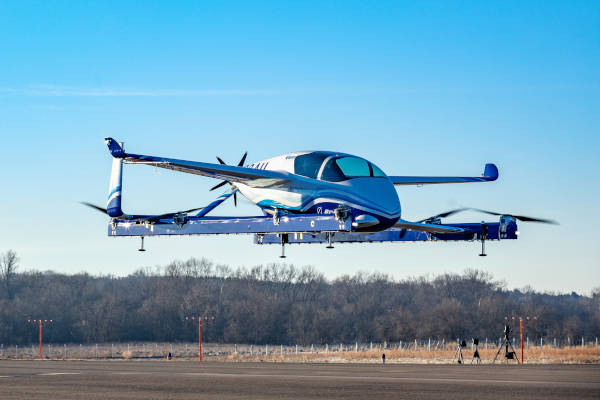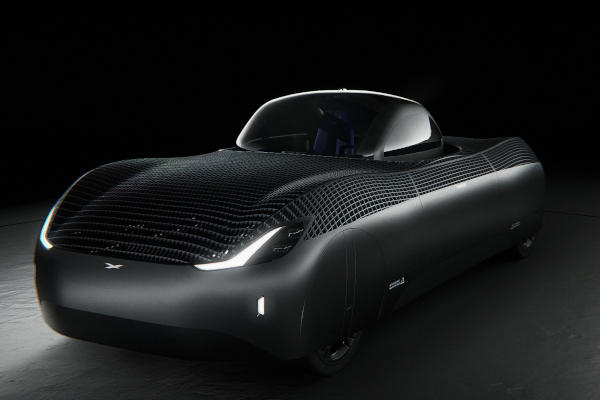Autonomous passenger air vehicle (PAV), Image/Boeing
Powered by an electric propulsion system, Boeing’s first test flight of its autonomous passenger air vehicle (PAV) was successfully achieved. The flight was recently conducted in Manassas, Virginia, by Boeing subsidiary, Aurora Flight Sciences. Aurora Flight Sciences was selected to design and develop the electric vertical takeoff and landing (eVTOL) aircraft.
In an official news release Boeing stated, “the PAV prototype completed a controlled takeoff, hover and landing during the flight, which tested the vehicle’s autonomous functions and ground control systems. Future flights will test forward, wing-borne flight, as well as the transition phase between vertical and forward-flight modes.”
For one year, Boeing has been developing the aircraft from working model to “flying” prototype. Boeing NeXt has a range up to 50 miles, 30 feet (9.14 meters) long and 28 feet (8.53 meters) wide. It represents Boeing’s venture into autonomous urban air mobility efforts:
“‘This is what revolution looks like, and it’s because of autonomy,’ said John Langford, president and chief executive officer of Aurora Flight Sciences. ‘Certifiable autonomy is going to make quiet, clean and safe urban air mobility possible.'”
Another related Boeing Project is the unmanned fully electric cargo air vehicle (CAV) which can carry cargo of up to 500 pounds (226.80 kilograms). The unmanned CAV was tested indoors last year, and is scheduled for outdoor flight testing in 2019.




